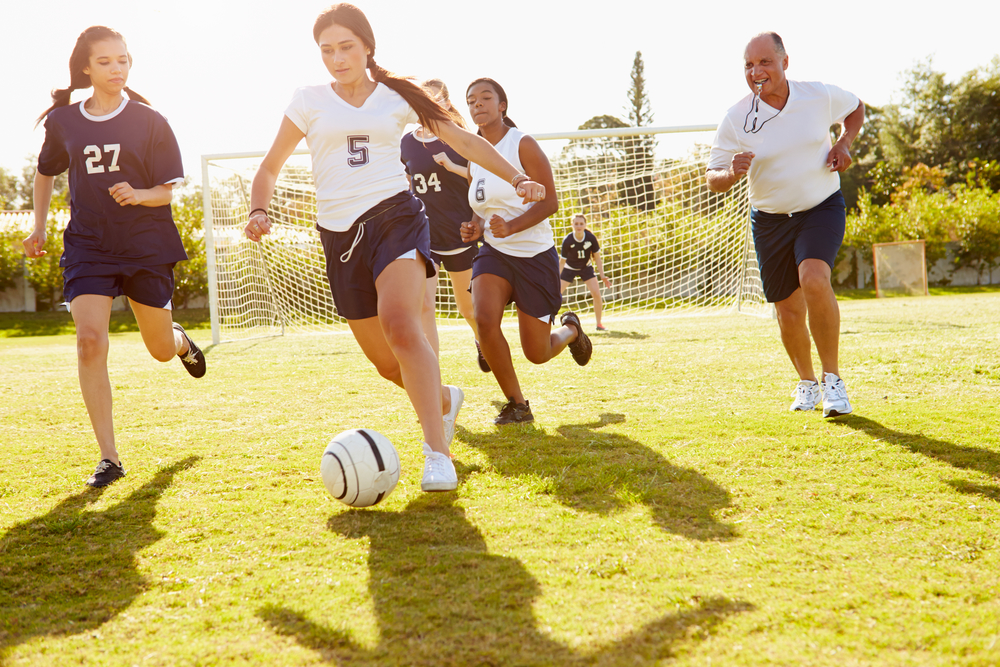
During the past 20-30 years, nothing in youth sports has changed more radically than the female athlete. To be clear, I could not be happier that girls are being given more opportunities to achieve their athletic potential. However, female physiology is very different from male physiology and should be treated as such.
Most female athletes aren’t properly monitored and assessed, and most health issues and injuries aren’t properly diagnosed and treated. Doctors tend to care for female athletes the same way they care for male athletes. This is especially dangerous for teens and young girls whose bodies are changing rapidly. Inadequate attention and care at this stage of life could set up these girls for a lifetime of chronic illness.
Part of the problem is the expansion of organized sports. When we were kids, we were told to go outside and play. Today’s kids play multiple sports on multiple teams all year round, and parents shuttle them all over God’s creation to practice and compete. This type of routine increases the risk of injury and health problems for both boys and girls, but in different ways.
The first step to addressing the problem is to understand differences in female and male physiology. Here are a few examples.
Because of the way females are built and function, injuries to the foot, ankle and knee happen more frequently than they do with males. These issues often lead to hip and back pain. One of the main reasons why we’ve added podiatry at Natural Healthcare Center is to address foot and ankle injuries and conditions early before they become serious problems.
Female athletes, especially young girls and teens, need to be monitored and properly assessed to reduce the risk of injury.
For example, females are more susceptible to stress fractures and shin splints. Stress fractures occur when new bone growth can’t keep up with the destruction of bone from various types of activity. When bone is repeatedly stressed and not given enough rest to repair, stress fractures occur. Outside factors such as poor shoe quality, improper training and poor nutrition also contribute to stress fractures.
Females are also more likely to have plantar fasciitis, heel spurs, and bunions, those painful bumps where the big toe meets the foot. Again, poor-fitting shoes with a lack of support (like UGGs, flip flops and most sneakers), as well as high heels and pointy shoes, are often the source of the problem. Bunions can become so severe that the big toe overlaps the second toe. If left untreated, bunions can lead to arthritis.
The higher angle of the female upper leg bone increases the risk of ACL injuries and patellofemoral pain syndrome. Patellofemoral pain syndrome is a painful knee condition caused by the breakdown of cartilage and soft tissue around the patella. This condition is more common among adolescents and young adults.
Beyond musculoskeletal injuries, female athletes are at risk of eating disorders, amenorrhea (the absence of menstruation) and osteoporosis. In the next post, we’ll discuss what contributes to these issues and what can be done to prevent them.